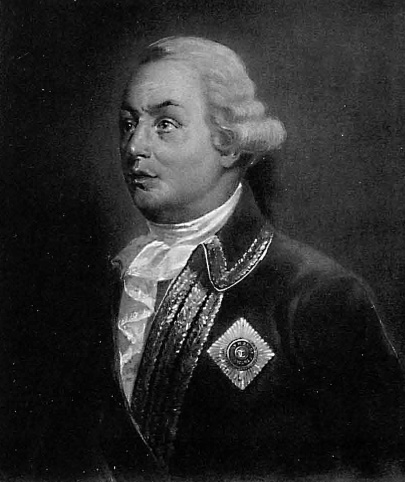Rumi︠a︡nt︠s︡ev-Zadunaĭskiĭ, Petr Aleksandrovich, graf, 1725-1796
Enlarge text Shrink text- LCNA, Russian cat. (2.06)
Count Pyotr Alexandrovich Rumyantsev-Zadunaisky (Russian: Пётр Александрович Румянцев-Задунайский; 15 January [O.S. 4 January] 1725 – 19 December [O.S. 8 December] 1796) was one of the foremost Russian generals of the 18th century, and is widely considered to be one of Russia's greatest military leaders, and one of the greatest military commanders in military history. He is noted as one of the three best and most talented Russian military leaders of the time period, along with Alexander Suvorov and Grigory Potemkin. Rumyantsev used mobile divisional squares for the first time in history as opposed to linear battle orders and initiated the formation of light (jaeger) battalions in the Russian Army, which operated in a scattered order. He governed Little Russia in the name of Empress Catherine the Great from the abolition of the Cossack Hetmanate in 1764 until Catherine's death 32 years later. Monuments to his victories include the Kagul Obelisk in Tsarskoye Selo (1772), the Rumyantsev Obelisk on Vasilievsky Island (1798–1801), and a galaxy of Derzhavin's odes.
Read more on Wikipedia >
 Personality
Personality










